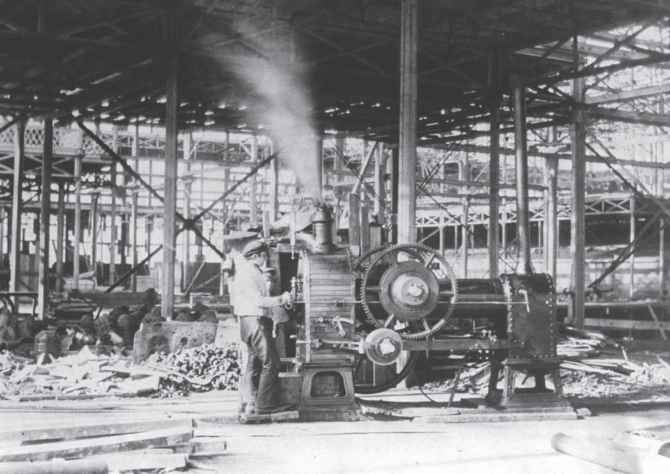Climate change is a pressing global issue that has garnered significant attention in recent years. The Earth’s climate has always been subject to natural fluctuations, but the current changes are primarily driven by human activities. In particular, the Industrial Revolution and the subsequent increase in CO2 production have played a significant role in shaping our climate today.
The Industrial Revolution: A Catalyst for Climate Change
The Industrial Revolution, which began in the 18th century, marked a significant shift in human society. It brought about unprecedented technological advancements, transforming the way we live and work. However, these advancements also came at a cost.
During the Industrial Revolution, there was a massive increase in the burning of fossil fuels such as coal, oil, and natural gas. These fuels became the primary energy sources for industries, transportation, and households. The combustion of fossil fuels releases carbon dioxide (CO2) into the atmosphere, contributing to the greenhouse effect and trapping heat within the Earth’s atmosphere.
CO2 Production and the Greenhouse Effect
CO2 is a greenhouse gas, meaning it absorbs and emits radiation within the thermal infrared range. This absorption and emission of heat leads to the greenhouse effect, which is essential for maintaining a habitable temperature on Earth. However, human activities have disrupted this delicate balance.
The massive increase in CO2 production from the burning of fossil fuels has resulted in an excessive concentration of greenhouse gases in the atmosphere. This excess traps more heat than necessary, leading to a rise in global temperatures – a phenomenon known as global warming. The consequences of global warming are far-reaching and include rising sea levels, more frequent and severe weather events, and the disruption of ecosystems.
The Role of Deforestation
In addition to CO2 production from burning fossil fuels, deforestation has also played a significant role in exacerbating climate change. Forests act as natural carbon sinks, absorbing CO2 from the atmosphere through photosynthesis. However, widespread deforestation, primarily driven by agriculture, logging, and urbanization, has reduced the Earth’s capacity to absorb CO2.
As trees are cut down, the stored carbon is released back into the atmosphere, further contributing to the greenhouse effect. Additionally, the loss of forests reduces the planet’s ability to regulate temperature and precipitation patterns, leading to more extreme weather events and ecological imbalances.
Addressing Climate Change
The recognition of human-induced climate change has prompted global efforts to mitigate its effects and transition to a more sustainable future. Governments, organizations, and individuals are taking steps to reduce CO2 emissions and promote renewable energy sources.
Some key strategies to combat climate change include:
- Transitioning to renewable energy sources such as solar, wind, and hydroelectric power
- Improving energy efficiency in industries, transportation, and buildings
- Investing in research and development of clean technologies
- Implementing policies to reduce deforestation and promote reforestation
- Encouraging sustainable agriculture practices
- Increasing public awareness and education on climate change
While the challenges posed by climate change are significant, there is hope for a sustainable future. By acknowledging the role of human activities, adopting sustainable practices, and working collectively, we can mitigate the impacts of climate change and ensure a healthier planet for future generations.
In conclusion, the Industrial Revolution and the subsequent increase in CO2 production have had a profound impact on climate change. The burning of fossil fuels and deforestation have disrupted the natural balance of greenhouse gases in the atmosphere, leading to global warming and its associated consequences. However, by taking decisive action and embracing sustainable practices, we can work towards a more resilient and sustainable future.

